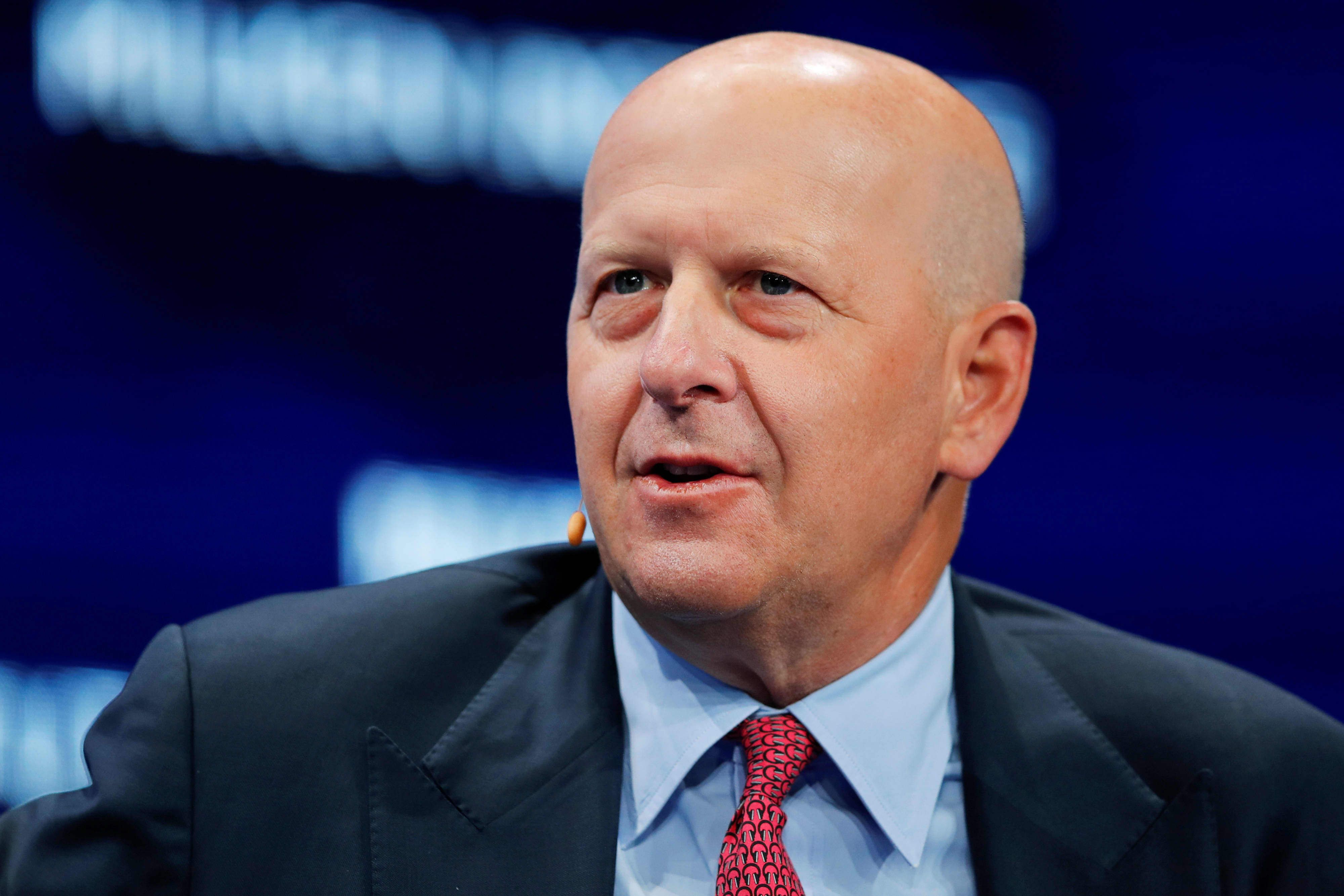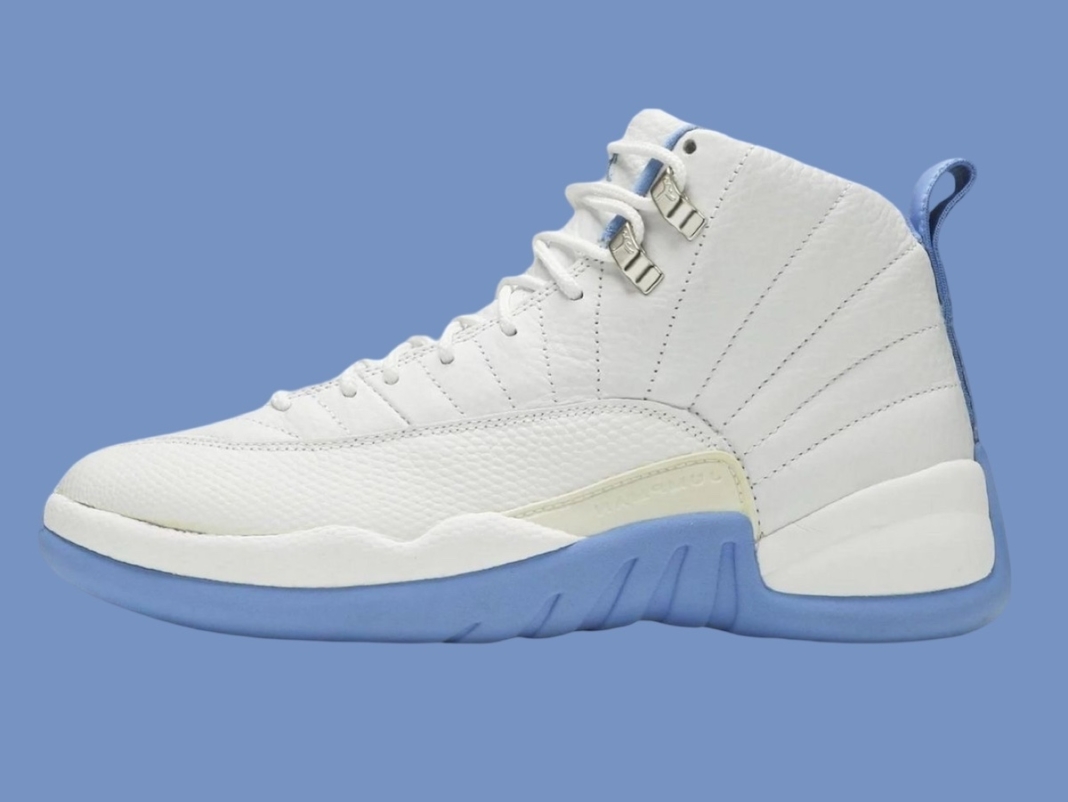Nintendo's Strategic Shift: A Deep Dive

Table of Contents
From Cartridge to Cloud: Nintendo's Technological Evolution
Nintendo's journey reflects a constant adaptation to technological progress. The company's history is punctuated by both triumphant innovations and strategic missteps, each shaping its current success.
The Rise and Fall (and Rise Again) of Home Consoles
Nintendo's home console history is a rollercoaster ride of innovation and market response.
- NES (1983): Launched the 8-bit era and revitalized the gaming industry after the video game crash of 1983. Its success was built on strong game design and marketing.
- SNES (1990): Improved graphics and sound cemented its position as a market leader, introducing innovations like the Mode 7 graphics effect.
- N64 (1996): While pioneering 3D graphics, its cartridge-based format and lack of second analog stick hindered its competitiveness against the PlayStation's CD-ROM technology. This marked a crucial learning point in Nintendo's strategy.
- GameCube (2001): Failed to capture significant market share against the PlayStation 2 and Xbox. Its underpowered hardware and limited online capabilities contributed to its struggles.
- Wii (2006): Revolutionized the gaming industry with its motion controls and family-friendly appeal, achieving massive success and demonstrating Nintendo's ability to redefine the gaming experience.
- Wii U (2012): A less successful console, hampered by complex controller design and a lack of compelling launch titles. This highlighted the risks associated with significant departures from established design conventions.
- Nintendo Switch (2017): The hybrid console design successfully blended home console and handheld gaming, becoming a massive commercial triumph. Its portability and innovative gameplay design addressed the issues faced by its predecessors.
Embracing Mobile Gaming with Nintendo Switch Online and Mobile Titles
Recognizing the growing mobile gaming market, Nintendo strategically entered this space.
- Pokémon GO (Niantic, 2016): While not developed directly by Nintendo, its involvement in the franchise fueled the game's immense popularity, showcasing the potential of mobile gaming partnerships.
- Fire Emblem Heroes (2017) and Mario Kart Tour (2019): These mobile titles demonstrated Nintendo's ability to adapt its iconic franchises for mobile platforms, employing successful freemium monetization models.
- Nintendo Switch Online: This subscription service offers classic NES and SNES games, demonstrating a revenue stream diversification strategy within the gaming ecosystem.
IP Management and Franchise Revitalization: A Key to Success
Nintendo's success hinges on its masterful management of its intellectual property (IP).
Leveraging Iconic Franchises
Nintendo's portfolio of iconic franchises – Mario, Zelda, Pokémon, Animal Crossing – forms the bedrock of its success.
- Strategic Franchise Expansion: Each franchise has seen numerous iterations, spin-offs, and adaptations, ensuring consistent relevance and appeal. The Mario franchise, for instance, spans various genres, from platformers to kart racers to RPGs.
- Maintaining Franchise Appeal: Nintendo carefully curates the quality of its releases, maintaining high production values and respecting the core essence of each franchise, even while introducing fresh mechanics and storylines.
- Addressing Fan Expectations: Nintendo is keenly aware of its fan base's expectations, often responding to feedback and incorporating community suggestions into future developments.
Nurturing New IPs and Experimentation
While established franchises are crucial, Nintendo also invests in developing new IPs and experimenting with game mechanics.
- Splatoon (2015): This unique shooter franchise, featuring colorful cephalopods battling with ink, showcases Nintendo's willingness to experiment and create successful new IPs.
- Arms (2017): While not achieving the same level of success, this boxing game demonstrated a commitment to innovative gameplay and new IPs.
- Balance of Established and New: The company carefully balances investments between established franchises and new ventures, ensuring long-term growth and avoiding over-reliance on a limited number of titles.
Competition and Market Positioning: Navigating the Gaming Landscape
Nintendo occupies a unique niche in the gaming market, differentiating itself from competitors like Sony and Microsoft.
Competition with Sony and Microsoft
While Sony and Microsoft focus on powerful hardware and realistic graphics, Nintendo focuses on innovative gameplay, family-friendly titles, and unique experiences.
- Market Share Differences: Nintendo's market share often differs from Sony and Microsoft, due to its distinct game portfolio and target audience.
- Game Genre Focus: While Sony and Microsoft compete in various genres, including mature-rated titles, Nintendo prioritizes family-friendly games alongside more niche offerings.
- Business Model Variations: Nintendo's approach to digital distribution and subscription services distinguishes it from the competition, demonstrating an alternative yet successful business strategy.
Addressing the Challenges of the Modern Gaming Market
Nintendo has skillfully addressed several key industry challenges.
- Mobile Gaming's Rise: Instead of competing directly with mobile gaming, Nintendo leverages its franchises on mobile platforms for strategic expansion.
- Subscription Services: Nintendo Switch Online provides a competitive subscription service, focusing on classic game libraries and online multiplayer features.
- Digital Distribution: Nintendo has gradually embraced digital distribution while still offering physical copies, catering to various consumer preferences.
- Combating Game Piracy: While game piracy remains a challenge, Nintendo actively works to protect its intellectual property and minimize losses.
Nintendo Direct and Community Engagement: Building Brand Loyalty
Nintendo Direct presentations are crucial to the company's marketing strategy.
- Shaping Expectations and Building Hype: The Direct presentations generate significant anticipation for upcoming game releases through targeted reveals and engaging content.
- Community Engagement: The Direct format fosters a sense of community and excitement, building loyalty and reinforcing Nintendo's brand image.
- Impact on Sales: The strategic timing and targeted content of Nintendo Direct presentations have demonstrably increased sales of announced titles.
- Marketing Campaign Effectiveness: The consistent quality and engagement of the Direct presentations have proven highly effective as a marketing tool.
Conclusion
Nintendo's strategic shift demonstrates a remarkable ability to adapt to the ever-evolving gaming landscape while upholding its core values. By expertly managing its iconic IPs, embracing technological advancements such as the hybrid console design and mobile gaming, and nurturing a strong connection with its community, Nintendo has solidified its unique and enduring position in the gaming industry. To remain informed on Nintendo's evolving strategies and understand the future trajectory of this gaming giant, continue researching Nintendo's strategic shift and follow industry news closely. Understanding Nintendo's continuous innovation is crucial for anyone interested in the future of gaming.

Featured Posts
-
 Champions League Derby Real Madrid Beats Atletico 2 1
May 28, 2025
Champions League Derby Real Madrid Beats Atletico 2 1
May 28, 2025 -
 Kanye Wests Wife Bianca Censoris Latest Appearance Sparks Fan Reaction
May 28, 2025
Kanye Wests Wife Bianca Censoris Latest Appearance Sparks Fan Reaction
May 28, 2025 -
 Goldman Sachs How The Ceo Silenced Internal Opposition
May 28, 2025
Goldman Sachs How The Ceo Silenced Internal Opposition
May 28, 2025 -
 Son Dakika Transfer Haberi Ingiliz Devinden Bueyuek Hamle
May 28, 2025
Son Dakika Transfer Haberi Ingiliz Devinden Bueyuek Hamle
May 28, 2025 -
 Nba News Jalen Brunson And The Tyrese Haliburton Wwe Moment
May 28, 2025
Nba News Jalen Brunson And The Tyrese Haliburton Wwe Moment
May 28, 2025
Latest Posts
-
 Flagowa Inwestycja Pcc Analiza Potencjalnych Opoznien I Zwiekszonych Kosztow
May 29, 2025
Flagowa Inwestycja Pcc Analiza Potencjalnych Opoznien I Zwiekszonych Kosztow
May 29, 2025 -
 Problem Z Flagowa Inwestycja Pcc Opoznienia I Wyzsze Koszty
May 29, 2025
Problem Z Flagowa Inwestycja Pcc Opoznienia I Wyzsze Koszty
May 29, 2025 -
 The Ultimate Guide To Air Jordan Releases In May 2025
May 29, 2025
The Ultimate Guide To Air Jordan Releases In May 2025
May 29, 2025 -
 Czy Flagowa Inwestycja Pcc Zostanie Opozniona I Bedzie Drozsza
May 29, 2025
Czy Flagowa Inwestycja Pcc Zostanie Opozniona I Bedzie Drozsza
May 29, 2025 -
 Flagowa Inwestycja Pcc Ryzyko Opoznien I Wzrostu Kosztow
May 29, 2025
Flagowa Inwestycja Pcc Ryzyko Opoznien I Wzrostu Kosztow
May 29, 2025
